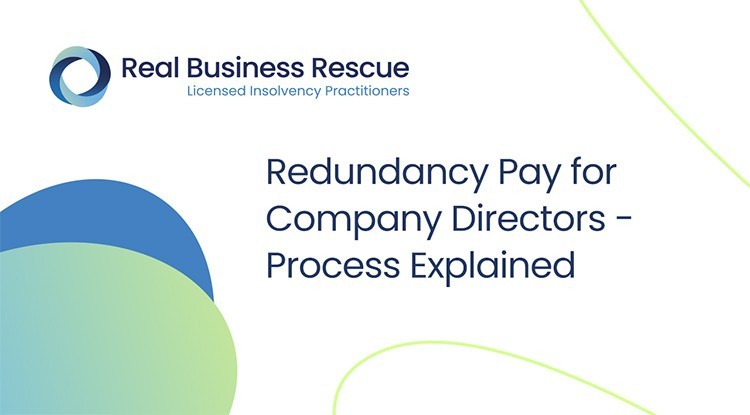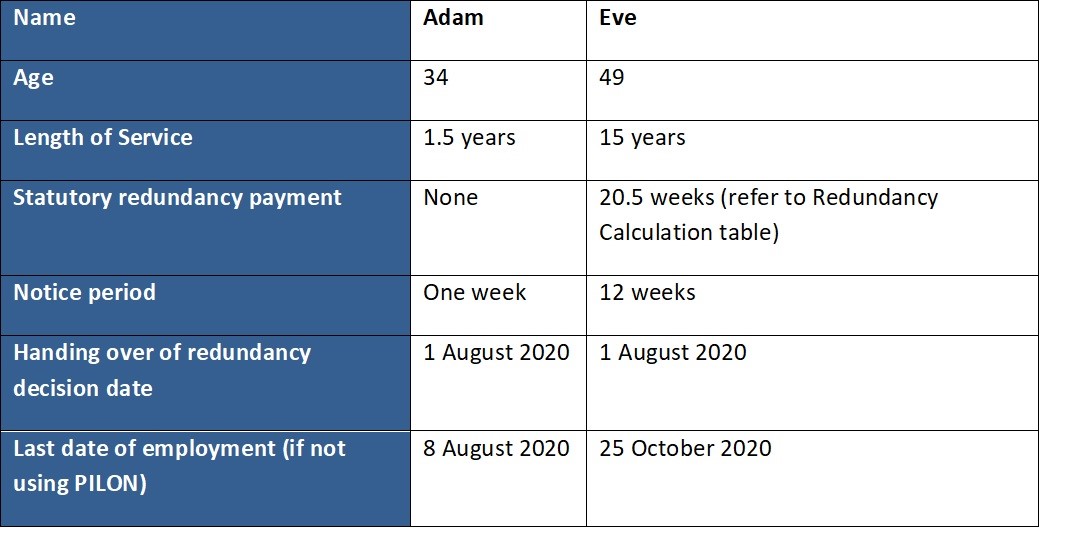Who Pays Redundancy Money? A Comprehensive Overview for Companies and Employees
Who Pays Redundancy Money? A Comprehensive Overview for Companies and Employees
Blog Article
Unboxing the Strategies for Mitigating Company Redundancy and Enhancing Organizational Resilience
Mitigating firm redundancy and improving organizational strength have ended up being focal points for leaders making every effort to adjust and grow in an ever-evolving market. As we check out the multifaceted approaches utilized by forward-thinking companies, a much deeper insight emerges right into the proactive procedures crucial for fostering dexterity and stamina in the face of adjustment.
Assessing Current Business Redundancies
To properly examine present business redundancies within a company, a thorough testimonial of the existing obligations, processes, and functions is essential. if a company goes bust who pays redundancy. By conducting a comprehensive exam of the different functions and jobs performed within the company, administration can determine areas where duplication of efforts or inadequacies exist. This assessment must not just concentrate on private job roles but also take into consideration how various divisions connect and work together
One strategy to examining redundancies is to analyze job summaries and obligations to determine any overlaps or gaps in obligations. In addition, evaluating the workflow and interaction networks can disclose traffic jams or unneeded action in procedures. It is critical to involve staff members in all degrees throughout this examination to acquire insights from those straight included in day-to-day procedures.

Implementing Agile Labor Force Strategies
Adhering to a complete assessment of present organizational redundancies, the application of dexterous labor force methods becomes essential for enhancing functional efficiency and versatility. Dexterous workforce approaches involve creating a vibrant and adaptable work atmosphere where staff members can quickly adapt to altering company demands. One vital aspect of carrying out dexterous labor force approaches is fostering a culture of constant understanding and development. This involves offering workers with the needed tools, sources, and training to obtain brand-new abilities and competencies. In addition, companies can boost dexterity by promoting cross-functional teams that can easily collaborate and shift focus based on top priority tasks.
One more vital element of agile labor force approaches is promoting transparent interaction and encouraging workers to choose autonomously within their roles. By decentralizing decision-making procedures, companies can respond better to possibilities and difficulties. Furthermore, taking on active job administration approaches, such as Scrum or Kanban, can simplify process and enhance performance. In general, implementing active workforce approaches can help firms stay competitive in today's quickly advancing organization landscape.
Leveraging Technology for Effectiveness
Leveraging innovative technological options can considerably improve functional efficiency within organizations looking for to simplify processes and enhance source utilization. By integrating automation tools, expert system, and information analytics, companies can improve process, lower hand-operated mistakes, and make data-driven decisions more tips here without delay. Automation can handle repetitive tasks, enabling workers to concentrate on more calculated efforts, therefore enhancing productivity and innovation.
In addition, the implementation of cloud computing services enables seamless collaboration amongst staff member, despite their physical place. This promotes interaction, enhances project administration, and boosts total performance. Furthermore, using client relationship monitoring (CRM) software application can aid organizations much better comprehend their clients' needs, personalize interactions, and ultimately increase consumer satisfaction and commitment.

Motivating Continuous Discovering and Growth
Carrying out a culture of constant understanding and development is necessary for fostering growth and adaptability within a dynamic business environment. Encouraging workers to take part in ongoing knowing possibilities not just improves their individual skills yet also contributes to the general resilience of the company. By prioritizing constant discovering, companies can remain abreast of industry trends, adapt to technological innovations, and stay affordable on the market.
To successfully urge continual understanding and development, companies can establish discovering and advancement programs, provide chances for upskilling and reskilling, give accessibility to on-line training courses and sources, and develop a supportive discovering environment. Managers play an essential role in promoting a culture of learning by leading by example, providing feedback and training, and recognizing and rewarding employees' learning achievements.
Structure a Resistant Business Culture
Clear interaction concerning Get More Info business changes, difficulties, and successes is critical in developing a culture where employees feel notified and valued. if a company goes bust who pays redundancy. Additionally, giving opportunities for expert advancement, identifying and rewarding staff members' payments, and promoting work-life balance are vital aspects of a durable corporate society.
Leaders play a substantial duty fit the society of a company. By leading by example, showing resilience when faced with difficulty, and actively sustaining their teams, leaders can infuse these values throughout the organization. A durable corporate society not just helps firms endure difficulties yet also fosters development, improves employee interaction, and inevitably adds to long-term organizational success.
Verdict
Finally, the strategies for mitigating company redundancy and improving business resilience are important for preserving competition in today's vibrant organization environment. By assessing present redundancies, implementing agile workforce methods, leveraging innovation, urging continual discovering and advancement, and constructing a resilient company culture, organizations can adjust to transform, boost performance, and foster innovation. These aggressive measures will certainly assist business browse obstacles, reduce interruptions, and guarantee long-lasting success in the ever-evolving market.
Following a comprehensive evaluation of present organizational redundancies, the implementation of agile workforce methods becomes crucial for maximizing functional efficiency and versatility - if a company goes bust who pays redundancy. On the whole, implementing dexterous labor force approaches can aid firms remain affordable in today's swiftly evolving service landscape
A durable company culture not only assists firms hold up against challenges yet additionally promotes technology, boosts worker involvement, and ultimately contributes to lasting business success.

Report this page